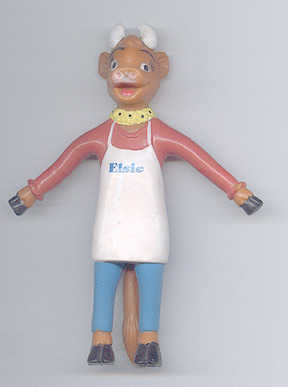The Ruthin Castle is a short walk up the hill and has been a hotel for the last 60 years. We wandered the grounds and had a lovely Cream Tea from a room overlooking the garden before heading out to Llanbedr to search for gravestones.
We had spent a bit of time in the city archives housed in Yr Hen Garchar (The Old Gaol) to see if we could confirm the name of the town where Richard Tellett was buried. We found a lot of information but not that particular burial record and so we set off to search for gravestones with little to go one except that his grave is in a church yard. Fortunately the town was quite small and only had one church. Our search was successful and we found the marker that indicated several of the Tellett family burials.
Driving on the Wales roads was much easier this time due to Linda's greater comfort level and Anne's expert navigation skills. We had a better understanding of our destinations and the road markers. That is, which roads had a middle white line most of the time, all of the time or, not at all. So at least, if we chose the road less traveled, we would not be too surprised to run into a herd of cattle or a few stray sheep.
We stayed our first night in a lovely inn whose chef had received the double egg award for excellent breakfasts as well as the AA Rosette award for great food. It did not disappoint. Linda had a lovely trout dinner, perhaps her best ever and our room looked out a field of sheep, so we woke up and watched little lambs looking for their mums - delightful!
We spent the next two nights on the Isle of Anglesey at a lovely farm house B & B, Llwydiarth Fawr. This place was fantastic and it was easy to see why Mrs. Margaret Hughes is a past winner of BBC Welsh Farm Wife of the Year Competition. There was fresh fruit, cookies and flowers in our room as well as the most fantastic shower control we have ever encountered.
It's location made it quite easy to drive around the Isle and we were able to make two trips to the South Stack Cliffs.
The South Stack is administered by the Royal Society for the Protection of Birds. It is a nesting site for many cliff nesters and we saw all but one of their star species (no Peregrines) and a pair of Puffins. Our main reason for visiting was to see Puffins so we were quite excited to see a pair. No photos though, too far away but happily were able to rent some binoculars from the RSPB so that we could spot their orange feet amongst the rocks.
In addition to the residence of the Duke and Duchess of Cambridge (William and Kate), the Isle of Anglesey (Ynys Mon) is also home to many standing stones, burial chambers and other neolithic and older sites. We visited several of them including the Ty Mawr Hut Circles near South Stack which date from the middle stone age (15,000 to 10,000 years ago) through to the Iron Age, 1,300 to 900 years ago.
The Ty Newydd Burial chamber has been extensively destroyed over time and partially restored as well. Although "restored" is a difficult word to use when the restoration includes bricks.
In order to see the Bodowyr Burial Chamber we clamored over a fence and through an occupied sheep pasture. This is thought to actually be a passage grave and again, has similarities to sites in Ireland.
We weren't able to enter The Barcloiad y Bawres Burial chamber but it was impressive none-the-less. The stones have carvings on them that are similar to burial chamber carvings in Ireland. This one also has been restored so that we could understand a bit better what the others were like prior to the mound of sod covering having been removed.
We found Northern Wales, and in particular, Anglesey Isle to be quite different than Southern Wales in just the 'feel' of the area. For one thing, 60% of the people speak Welsh, most of them as their first language. It is known as Mon Mam Cymru (the Mother of Wales). The saying originates from the 12th century when Giraldus Cambrenis was on a journey around Wales, said that Anglesey could supply the whole of Wales with corn. It seemed to be more friendly to us than the more English influenced southern Wales.
Before we left the island, we visited the town with the longest recognized place name in the UK, Llanfairpw


No comments:
Post a Comment